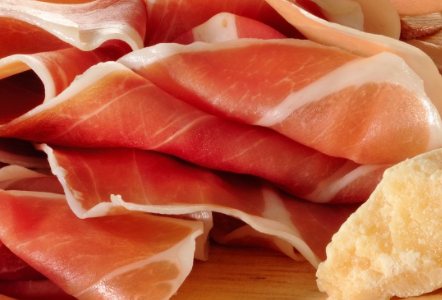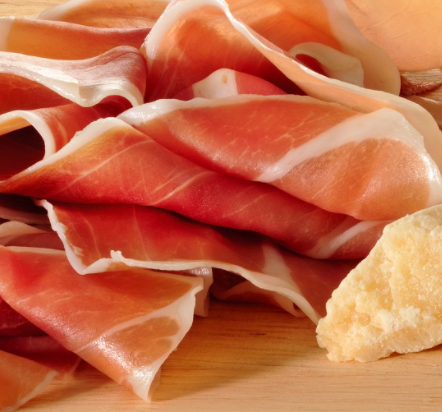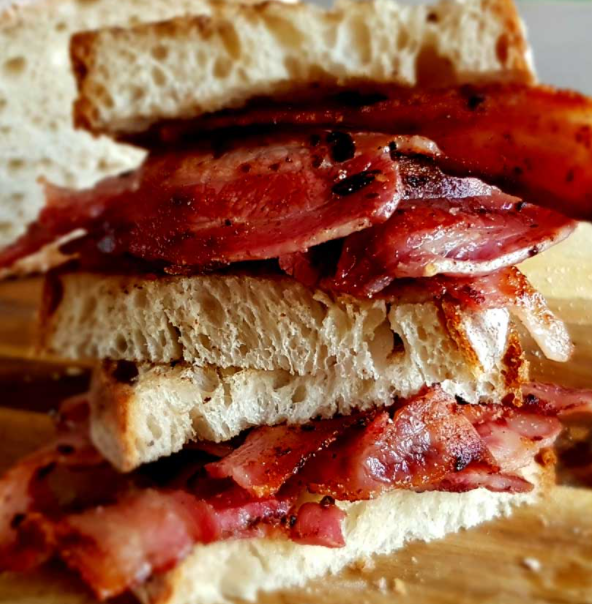
Food revolution to tackle additives and addiction



Pickled cucumbers were dyed green with copper-based dyes, which most people failed to realise that the green copper dyes were extremely poisonous, in Victorian England. Fertilizer produced by sucking nitrogen out of the air now sustains about half the population of the globe, as farmers worldwide depend on the data spewing from 160 environmental satellite missions in low-Earth orbit. It only takes an innovative product, or shortcut to transform the health, appearance or behaviour of nations. Fifty years ago gastronomic historian, would have predicted that China would grow fat, or that four out of five French cafes would shut up shop in a single generation.
Guillaume Coudray, a Paris-based investigative journalist, reveals our willingness to forgive bacon, ham and hot dogs for their cancer-causing properties has been carefully promoted by meat industry stakeholders who have spun us decades of lies and systematically the harm caused by nitro-meats has been covered up by industry. The industry tactics he reveals strongly resemble those of the tobacco industry in the 1970s and 1980s. However, Coudray had long been aware of dramatic headlines linking the consumption of processed meats and colon cancer. Since the 1970s, the meat processing industry has denied the health risks because these additives making curing cheaper and quicker expanding shelf life and giving the meat a pleasing and attractive pink colour. As of 1993, Prosciutto di Parma has been produced without any nitrate or nitrite, wince when there has not been a single case of botulism associated with consuming the ham – contrary to all the warnings issued by the nitro-meat industry.
In the 16th century, hunters discovered the game birds shot with their new-fangled muskets kept for longer. Then sodium nitrate appeared, and – in the mid-1920s- sodium nitrate. All three give meats a convincing colour in a fraction of the time that traditional salting requires. The disinfectant properties allow unscrupulous producers to operate in unsanitary conditions.
Follow basic rules of hygiene, and you can easily cure meat using ordinary table salt. But traditional meats often take upwards of a year to mature. Producers of authentic Parma ham still use salt, almost everyone else has resorted to nitrate and nitrites just to survive.
The claim that we have been preserving meat with saltpetre for over 5, 000 years is particularly inventive, back then, it was used to preserve Egyptian mummies, not to cure hams. Nitrates and nitrites are not carcinogenic in themselves, even if they give rise to carcinogenic agents during processing, cooking or ham digestion.
When Saltpetre ( Potassium nitrate) was first used in the curing of hams, there was no scandal, because the ham-makers did not know any better, just like those poor Victorians who poisoned themselves with green pickles.
The main form of cancer is colorectal cancer in the UK is the second most common cause of cancer death, between 110 and 115 people receive a diagnosis every day – 42, 000 new cases every year Although half of the patients survive, often after surgical removal of the tumours, sadly, 43 per cent of patients die.
In Europe 500, 000 new cases per year, with 238, 000 deaths, but on a global level, there are 1.8million new cases each year and 861, 000 deaths, like every five years colorectal cancer affect 9 million people and kills 4.3million.
We turned the green revolution of the 1960s into a global obesity pandemic in less than half a century.
In 2015, experts from the WHO’s International Agency for Research on Cancer classified all processed meats in “group 1: Carcinogenic to humans” ( they can cause colorectal cancer). Food manufacturers are exploiting an addiction backed into our biology, as the food industry wants to make food as attractive as possible so that it can sell as much as possible.
Who Poisoned Your Bacon Sandwich? The Dangerous History of Meat additives by Guillaume Coudray, Icon £14.99, 306 pages.
